Car doors are vital components that provide access to the car interior while offering protection from external elements. In this guide, we will explore different types of car doors, including conventional doors, suicide doors, scissor doors, gullwing doors, and sliding doors and for each type, we will delve into their advantages, disadvantages, working principles, structural considerations, and applications, providing insights to help drivers understand and choose the most suitable doors for the car.
What is a Car Door?
A car door is more than just an entry point it is a crucial component for both comfort and safety. These hinged panels, typically found on either side of the car, allow passengers to enter and exit the car and also enclose the cabin, separating the occupants from the outside world. Modern car doors are quite sophisticated, often incorporating features like window controls, lock mechanisms, and even airbags within the panelling for added protection in a crash. The most common configuration is four doors, but car designs can vary from sporty two-doors to five-door options that include a rear hatch for cargo access.
Car door names list
- Hinged Doors
- Sliding Doors
- Scissor Doors
- Butterfly Doors
- Sucide Doors
Types of Car Doors
|
Type |
Description |
Advantages |
| Hinged Doors | Most common type, swinging open on a hinge at the front edge. | Familiar and easy to use
Offers wide opening for comfortable entry and exit Can accommodate multiple doors (2, 4, 5) |
| Sliding Doors | Doors slide open on a track, typically used for rear passenger access in minivans and some SUVs. | Easier entry and exit in tight spaces
Offer wider access opening Can be beneficial for passengers with limited mobility |
| Scissor Doors | Doors open vertically with a swivelling hinge at the front edge, often seen on high-performance or luxury cars. | Unique and stylish appearance Offer dramatic entry and exit May impress onlookers |
| Butterfly Doors | Similar to scissor doors, but hinge upwards at the centre of the roof, resembling butterfly wings. | Striking visual design
Creates an even wider entry opening Exclusive to a limited number of car models |
| Suicide Doors | Hinge at the rear pillar instead of the front, opening backward (opposite of traditional doors). | Unique aesthetic, often associated with classic cars Can provide a wider entry opening
Offers a more theatrical entrance/exit |
| Swan Doors | A variation of scissor doors, where the doors open diagonally upwards with a hinge at the A-pillar and the top of the front wheel well. | Highly distinctive and flamboyant design
Offers a wider entry opening Seen on a select few car models |
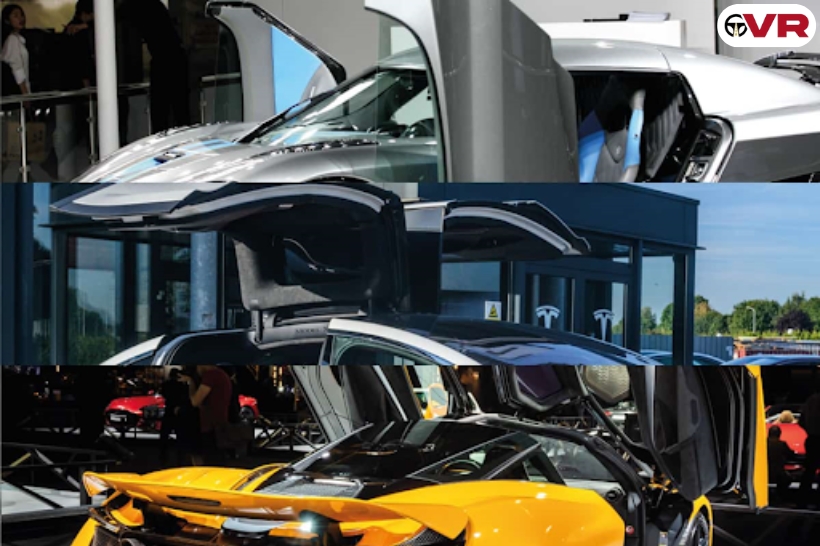
Unveiling the World of Car Doors: Function, Flair, and Functionality
Car doors, beyond just providing entry and exit points, come in a fascinating array of styles, each offering unique advantages and disadvantages. Let’s delve into the most common and some more exotic types:
1. Hinged Doors (Most Common)
Hinged doors, the most common type, swing outward or inward on hinges attached to the car body and provide ease of entry and exit for passengers and are relatively simple and cost-effective to manufacture. However, they require adequate space for opening and may pose a hazard in tight parking spaces.
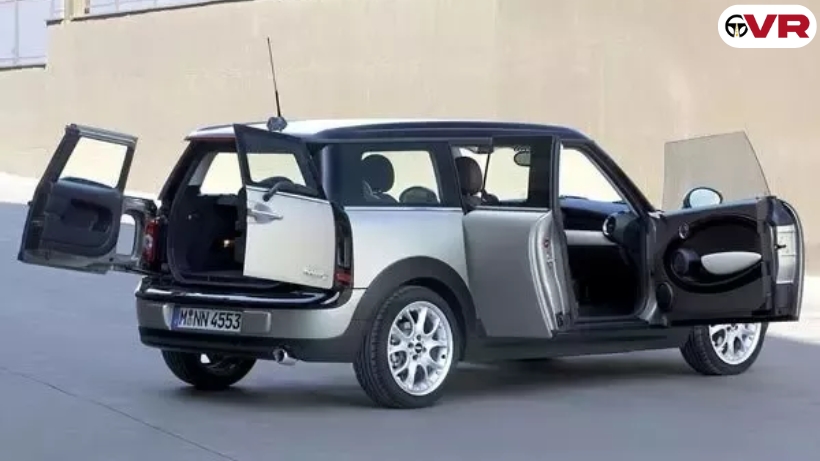
-
Description:
The familiar swinging doors on most cars, attached by a hinge at the front edge to the car’s body pillar.
-
Advantages:
- Universally recognized and easy to use.
- Offer wide openings for comfortable entry and exit.
- Flexible design allows for configurations with 2, 4, or 5 doors.
-
Disadvantages:
- Require more space to open fully, limiting usability in tight parking spots.
- May be inconvenient for passengers with limited mobility entering or exiting in tight spaces.
2. Sliding Doors
Sliding doors are mounted on tracks and slide horizontally to open and close, providing convenient access to the car interior, especially in tight spaces and offer ease of entry and exit, making them popular in vans and minivans. However, they may be more complex and expensive to manufacture compared to hinged doors.
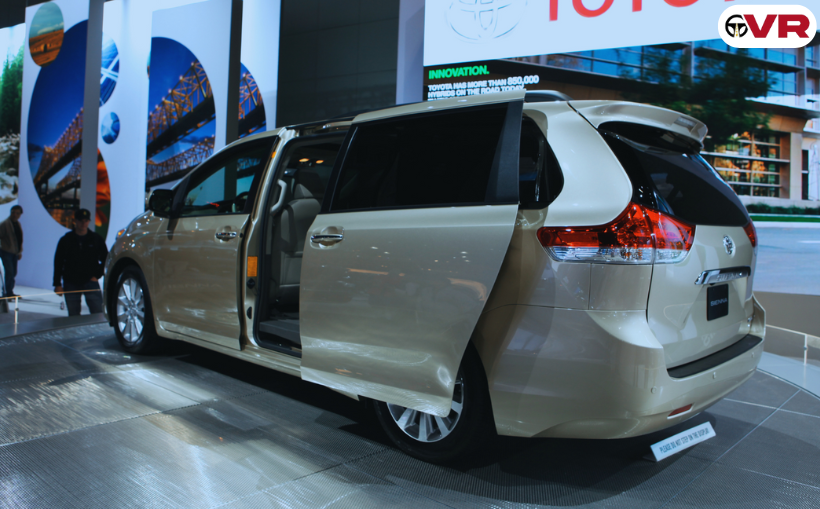
-
Description:
Doors that slide open on a track, typically used for rear passenger access in minivans and some SUVs.
-
Advantages:
- Easier entry and exit in cramped parking situations.
- Provide a wider access opening, beneficial for cargo loading.
- Can be convenient for passengers with limited mobility.
-
Disadvantages:
- Less common than hinged doors, potentially requiring more complex mechanisms.
- Might not open as wide as some hinged doors, limiting accessibility.
3. Scissor Doors (High-Performance/Luxury)
Scissor doors, also known as “Lamborghini doors,” pivot vertically at a fixed hinge near the front of the door, then swing upward and outward and found on high-performance and luxury cars, they enhance aesthetics and evoke a sense of exclusivity. However, their complex mechanism and limited practicality may pose challenges in tight spaces.

-
Description:
Doors that open vertically with a swivelling hinge at the front edge, often seen on sports cars and luxury vehicles.
-
Advantages:
- Unique and stylish appearance, adding a touch of drama.
- Offer a more dramatic entry and exit, turning heads.
-
Disadvantages:
- Less practical than traditional doors, requiring more space to open fully.
Not ideal for everyday use due to the larger opening area needed.
4. Butterfly Doors (Ultra-Luxury)
Butterfly doors, also called “gullwing doors,” hinge vertically at the roof’s centerline and lift upward and outward, resembling a butterfly’s wings in flight and commonly seen in sports cars and exotics, they offer dramatic styling and ease of entry but may limit accessibility in tight parking spaces due to their wide opening arc.
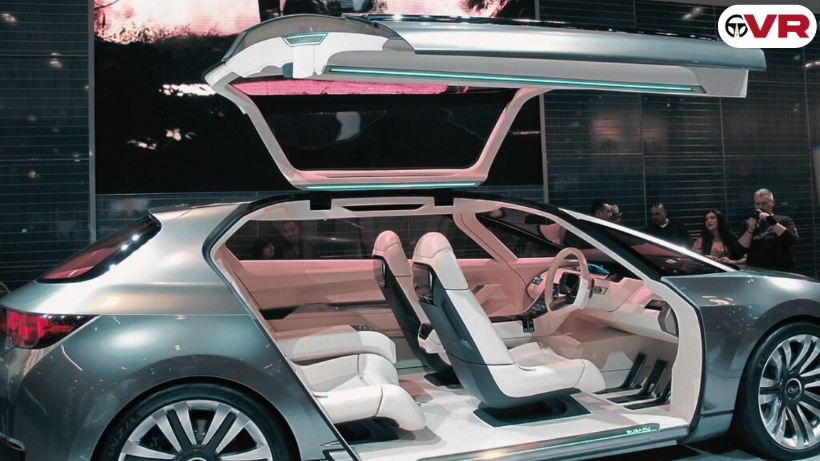
-
Description:
Similar to scissor doors, but hinge upwards at the centre of the roof, resembling butterfly wings.
-
Advantages:
- Striking visual design, making a bold statement.
- Creates an even wider entry opening compared to scissor doors.
- Exclusive to a limited number of high-end car models.
-
Disadvantages:
- Highly impractical for everyday driving due to the large opening area.
- Requires significant overhead space to open, limiting usability in most parking situations
5. Suicide Doors (Classic Cars)
Suicide doors, hinged at the rear with the handle toward the front, open in the opposite direction of conventional doors and often found in classic cars, they offer unique aesthetics and convenient access to the rear seats. However, they pose safety risks, such as accidental opening while driving, and are less common in modern cars.

-
Description:
Doors hinged at the rear pillar instead of the front, opening backwards (opposite of traditional doors). Often associated with classic cars.
-
Advantages:
- Unique aesthetic, adding a touch of nostalgia.
- Can provide a wider entry opening compared to some front-hinged doors.
Offers a more theatrical entrance/exit, particularly for rear passengers.
-
Disadvantages:
- Less safe than traditional doors in a side-impact collision due to the reversed opening direction.
- Can be awkward to open and close in tight spaces.
- Not widely used in modern car designs due to safety concerns.
6. Swan Doors (Exotic/Show Cars)
Swan doors, a variation of butterfly doors, hinge at the A-pillar and open upward and outward like the wings of a swan and featured in exotic and show cars, they provide striking aesthetics and create a dramatic entrance. However, their complex mechanism and limited practicality may restrict their usage to showcase cars.
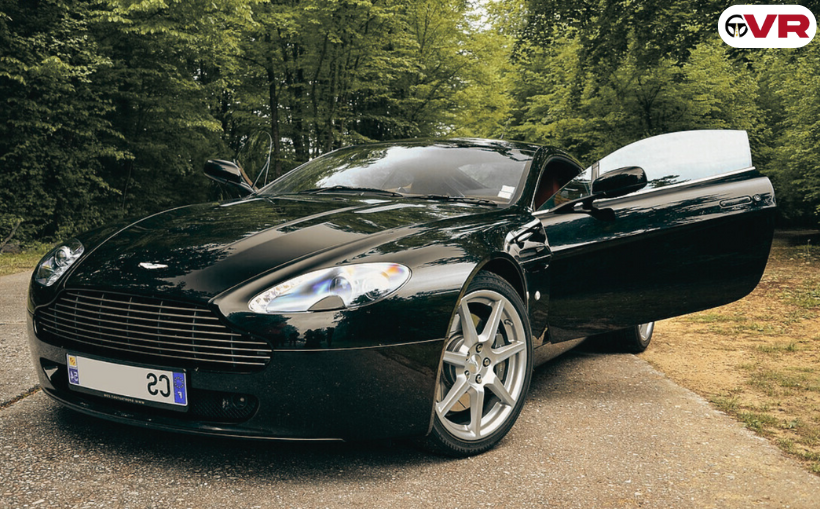
-
Description:
A variation of scissor doors, where the doors open diagonally upwards with a hinge at the A-pillar and the top of the front wheel well.
-
Advantages:
- Highly distinctive and flamboyant design, guaranteed to turn heads.
- Offers a dramatic and wide entry opening.
- Seen on a select few car models, adding exclusivity.
-
Disadvantages:
- Extremely impractical for everyday driving due to the complex opening mechanism.
- Requires significant overhead and side space to open, making them unsuitable for most parking situations.
The choice of car door ultimately depends on your priorities. Hinged doors offer practicality and familiarity while sliding doors prioritise ease of access. Scissor doors and their variations add a touch of drama and exclusivity but come at the cost of practicality. Consider your driving needs and style when selecting your next car, and don’t be afraid to appreciate the fascinating world of car door designs!
Demystifying Car Door Mechanisms: How Each Type Swings into Action
Car doors, while seemingly simple portals, operate with distinct mechanisms that influence their functionality and aesthetics. Here’s a breakdown of how different car doors achieve their opening magic:
Hinged Doors:
- Mechanism: The most common type, hinged doors utilise a metal hinge attached to the A-pillar (front pillar) of the car and the door itself. The hinge allows the door to swing outwards in a controlled arc when you pull the handle.
Sliding Doors:
- Mechanism: Sliding doors rely on a track system embedded within the body of the car. Small wheels or rollers attached to the bottom of the door slide smoothly along this track when you activate the opening mechanism (usually a button or handle).
Scissor Doors (and Variations):
- Mechanism: These doors take the hinge concept to a new level. Instead of a single hinge at the A-pillar, they use a complex hinge mechanism with two or more pivot points. This allows the door to swing upwards and outwards simultaneously, creating the dramatic scissor-like motion. Variations like butterfly doors utilise a similar principle but with the hinge point located at the roof.
Suicide Doors:
- Mechanism: Unlike traditional doors, suicide doors have their hinges located on the B-pillar (rear pillar) of the car. This allows the door to swing open in the opposite direction, opening backwards from the front. The opening mechanism itself is similar to hinged doors, with a handle triggering the latch and allowing the door to swing.
Additional Considerations
- Locking Mechanisms: All car doors, regardless of type, incorporate locking mechanisms that can be activated by a key fob or button on the inside. These mechanisms engage with a latch on the doorframe, securing the door shut.
- Safety Features: Modern car doors integrate safety features like airbags within the door panels. These airbags deploy during a collision to cushion passengers from impact.
- Power Assist: Some car doors, particularly on luxury vehicles, may have power-assisted opening and closing mechanisms. These use electric motors to automate the movement of the door.
Conclusion
Before buying the car think about how you’ll be using the car:
- Do you need easy entry/exit for passengers, especially children or older adults?
Sliding doors might be a good choice.
- Do you park in tight spaces frequently?
Sliding doors or scissor doors could be helpful.
- Is cargo space a major concern?
Standard hinged doors might be the most practical.
- How important is style to you?
If you prioritise a unique look, consider gullwing, butterfly, or scissor doors (although practicality might be compromised).
Additionally, you can refer to vecrep.com verified garages for further details with each specification required for your car door.






Leave a Reply